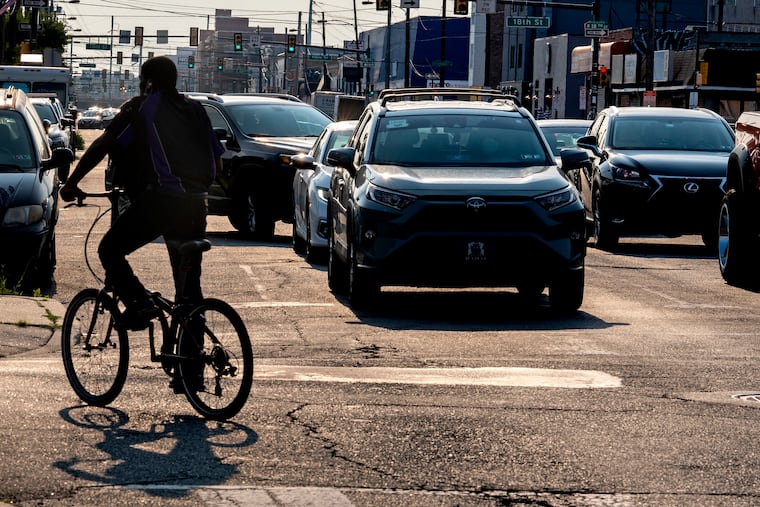Traffic deaths jumped 88% in Philly last year despite fewer cars on road
The big increase in fatal auto-related crashes in 2020 coincided with an 18% reduction in traffic volume.

The big increase in fatal auto-related crashes in 2020 coincided with an 18% reduction in traffic volume.
